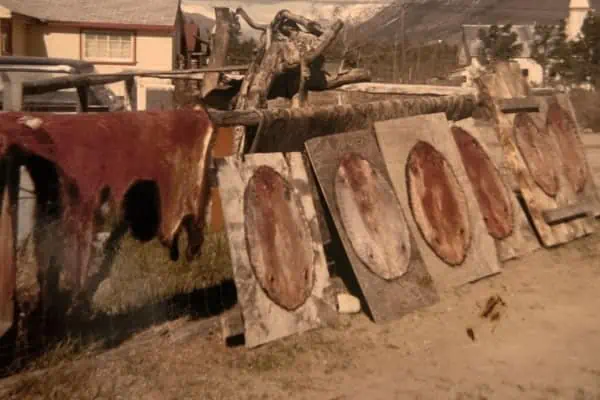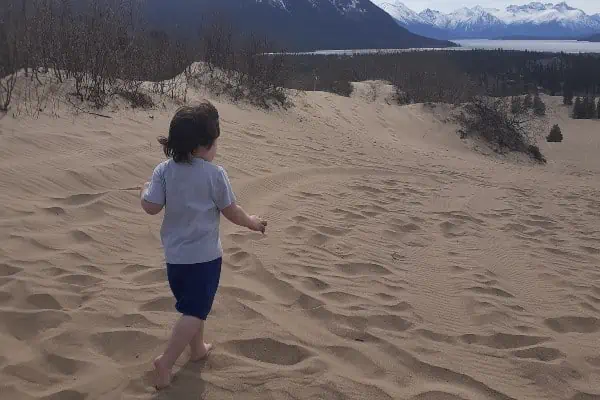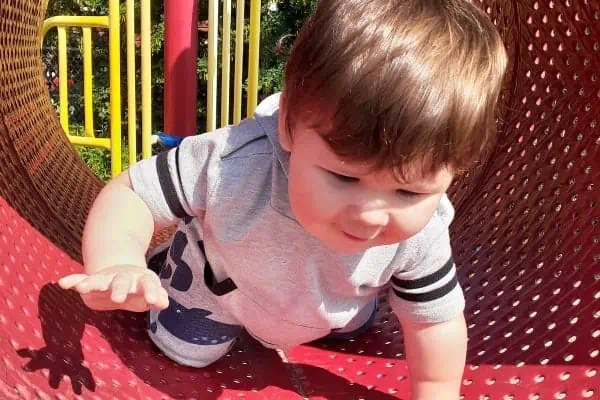In the mid-70s, Michael Reynolds, an American architect, was working very hard in a sand dune of New Mexico. Fed up with what he saw as the typical house mortgage trap and unsustainable living, he wanted to come up with a design for homes that people could build and maintain themselves with little skills.
Re-using discarded items and turning them into building materials were part of his approach. Heat mass and optimal sun exposure would self-regulate indoor climate in his yet-to-come experimental house.
That is how the Earthship was born, a house made of discarded tires rammed with earth. Soon enough, it sparked the interest of prominent ecologists. Media coverage over the Earthship took off. In 1990, the book Earthship: How to Build Your Own became available to the general public.
Mike Baerg came across Reynolds’s book while studying in Calgary in the early 2000s. The Carcross resident was already considering the idea of collecting solar heat, but was dubious about Reynolds’s house concept.
“I did not think the design would be all that workable in the Yukon due to the coldest winter months where there is little opportunity to collect solar energy,” he says.
In September 2004, Mike and his wife Deborah acquired a property in Carcross with the intention of building a house on it. Already on the property was an older mobile home in which they lived. The first winter was spent researching ideas and making floor plans. Reducing the overall need for fossil fuels to heat their future home was of prime concern. Nevertheless, the Earthship idea never departed their minds. When summer came, they knew what they wanted: a timber frame house, sitting on a heat mass tire foundation.
The first step of their project was to get a building permit for such an unconventional foundation. Art Dell, a local civil engineer with over 45 years of experience, helped them get their permit, stamping their drawings.
“Mike showed me his drawing and ideas and it all made sense. They do it in New Mexico where they have tons of sand,” says Dell.
The excavation took place in the fall of 2005. What ensued were two summers of hard, heavy sweating work. The foundation for the house consisted of discarded tires piled up eight feet high in an alternating pattern. Each tire cavity was first filled with one wheelbarrow of dirt. Compacting the dirt in all directions with a sledge hammer while standing on the tire was no easy task. This was necessary to achieve the desired density. “It was difficult to even pay someone to do this back breaking work, which I ended up doing mostly by myself,” Mike recalls.
The discarded tires came from local garbage dumps. When that supply ran out, Mike borrowed a one ton truck equipped with a dump box and drove straight to the Whitehorse dump. There he found the mother lode. Armed with a salvaging permit, he left with a full load. When the attendant stopped him at the gate, his face was plagued with suspicion. “When I told him I was building a house with them his tone changed and he said to take as many tires as I could,” Mike says.
In the summer of 2007, the tire foundation was completed. More than 700 hundred tires had been rescued from the landfills. Holes between tires had been filled and plastered with a mix of sand, clay and straw. To stabilize and spread the load, concrete footings were poured on top of the tires. Then, the timber frame shell was put together. Mike did as much of the work as he could on the project.
The Baerg family moved into their house in November 2010.
They wanted to go solar, although the purpose was not to produce electricity. What they had in mind was a solar hydronic system, using solar heated water.
“We had planned right from the beginning to have a solar system to heat the tire foundation which by design acts as a sort of heat battery” says Mike.
After researching and connecting with owners of such systems, it appeared to be too troublesome to give it a try. Too many issues arose from keeping the system from freezing in cold climate.
Instead, they opted for a conventional photovoltaic solar system. In August 2016, close to 50 solar panels were installed on the roof. The 14kW system is tied to the grid, making it easy to sell surplus production, which they plan to do. This time, Mike didn’t install the system himself.
“I guess spending years being a virtual slave to building our house left me a little less enthusiastic about taking on a solar installation project myself,” he says. The house is well insulated and kept warm with a soapstone wood stove.
Getting home insurance was tricky. Being unfamiliar with tire foundations, most companies were not willing to get their feet wet. It just didn’t fit in the box. In the end, one company offered them coverage, calling it a PWF (Preserved Wood Foundation) since the tires were surrounded by PWF plywood and a waterproof membrane. Mike’s advice is to anyone considering building such a home should shop for insurance before starting the project.
All in all, the Baergs are quite happy with their house, despite the hard work put into the project.
“Do your research and learn about rammed earth before deciding if it is for you… it is a lot of work and not for the faint of heart… experiment with a simple retaining wall to give you an idea of what is involved,” Mike says.
The ever-increasing costs of conventional building and heating make alternative building techniques appealing. Creativity and building codes might be the only obstacles for such an endeavour.
“It is not so much about whether it is possible to do it or not, but to make sure it is done properly,” says Art Dell.




